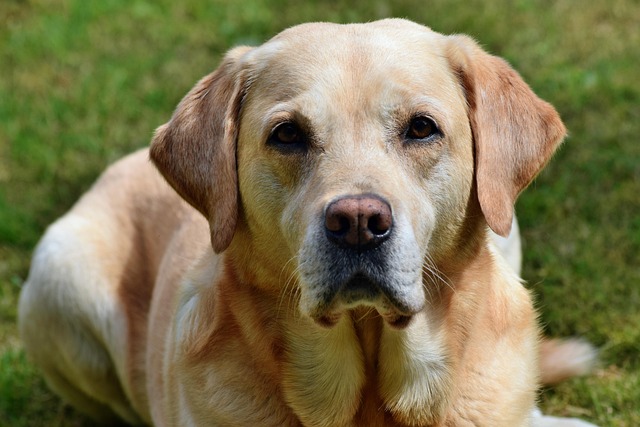
How do i train my dog to be obedient?
Watching your dog dart across the park ignoring your calls isn’t just frustrating—it can put them at risk near busy streets or public spaces.
Picture leaving for work, confident your dog won’t destroy the couch. Training alone-time manners isn’t magic—it’s a process. Let’s explore science-backed techniques with real pet parent stories, blending patience and positivity.
Start with short absences: 1–2 minutes. Say "I’ll be back," step out, return calmly. My Labradoodle, who panicked alone, relaxed when he saw I always returned. "Baby steps build trust," a trainer says.
Create a "safe space" for alone time. A crate or cozy corner with a blanket and toys. My rescue mutt, who chewed curtains, now naps in her crate when I’m out. "Make it their happy place," a friend advises.
Use positive reinforcement for calm behavior. When you return, praise quiet behavior—ignore jumping or whining. My Border Collie learned that calmness gets rewards, not drama. "Reward what you want to see," a behaviorist says.
Incorporate puzzle toys for mental stimulation. A Kong filled with peanut butter keeps them busy. My Aussie mix, who destroyed furniture from boredom, now focuses on his puzzle toy when I leave. "Boredom is a behavior killer," a trainer notes.

Gradually increase absence time. After weeks of 5-minute absences, try 10, then 20. My Poodle, who howled initially, now stays calm for an hour. "Consistency is key," my neighbor says about her once-anxious Beagle.
Desensitize them to departure cues. Pick up keys without leaving, put on a coat just to sit on the couch. My Labradoodle stopped panicking when he realized "coat on" didn’t always mean goodbye. "Break the anxiety chain," a behaviorist explains.
Use white noise or calming music. My senior Retriever, who barked at every sound, relaxes with classical music. Studies show certain frequencies reduce canine anxiety. "It masks outside triggers," a vet says.
Avoid common training mistakes. Don’t comfort them when they’re anxious—reinforces fear. I once hugged my howling dog, making it worse. Instead, stay calm and reward quietness.
Consider pheromone products for extra help. Diffusers like Adaptil mimic maternal scents, calming anxiety. My Shiba Inu, who scratched doors, now chills when the diffuser is on. "Natural remedies complement training," a trainer says.
Address underlying anxiety issues. For severe cases, consult a vet about medication. My neighbor’s German Shepherd needed low-dose antidepressants to stay calm alone. "Professional help isn’t failure," her vet reminds her.
Know your local animal welfare laws. In the EU, leaving dogs alone for too long is illegal; in the US, some states have time limits. "Training ensures you comply while keeping your dog happy," a lawyer friend notes.
Practice "quiet time" daily, even when home. Ask your dog to relax on a mat while you cook. My Aussie mix, who needed constant attention, now enjoys solo chill time. "Teach them alone time is normal," a behaviorist says.
Training your dog to behave alone builds trust and independence. For my fur family, a mix of patience, positive reinforcement, and safe spaces turned alone time from chaos to calm. With the right approach, your dog can learn to relax when you’re away—happy, safe, and well-behaved.

Watching your dog dart across the park ignoring your calls isn’t just frustrating—it can put them at risk near busy streets or public spaces.

New puppy owners often find themselves rushing to clean up accidents before they set in, and that’s where puppy pad training becomes a game-changer.

If you've noticed your dog's waistline disappearing and your veterinarian has mentioned those few extra pounds, your first instinct might be to simply reduce the amount of food in their bowl.

Training a dog to use a designated spot indoors isn’t as daunting as many new owners fear, but it does take consistency and an understanding of your pet’s needs.

That moment of dread on a walk is all too familiar for many new dog owners. You see another dog approaching down the sidewalk of your neighborhood

If the sight of another dog on your neighborhood walk makes your heart sink as your own dog erupts into a frenzy of barking and lunging, you're not alone.